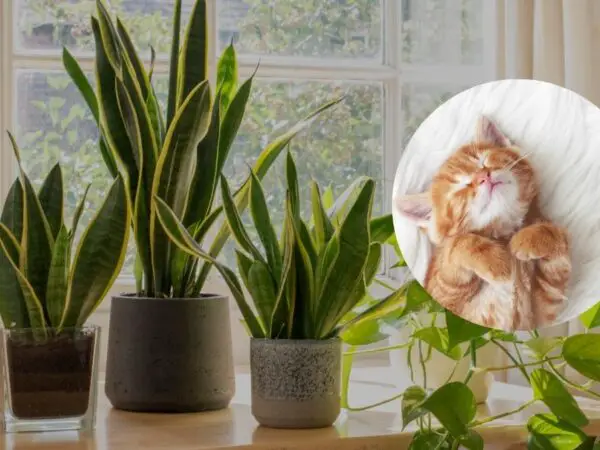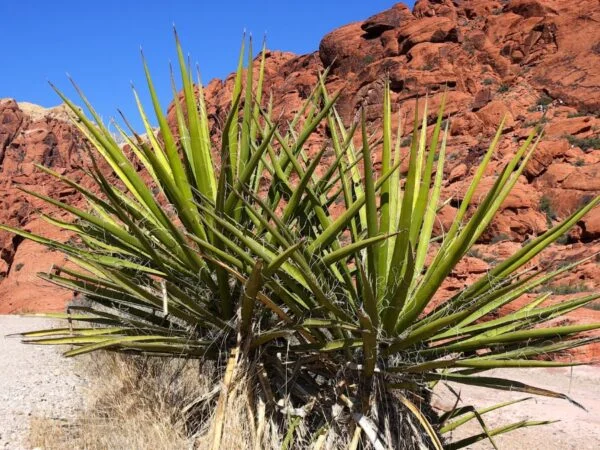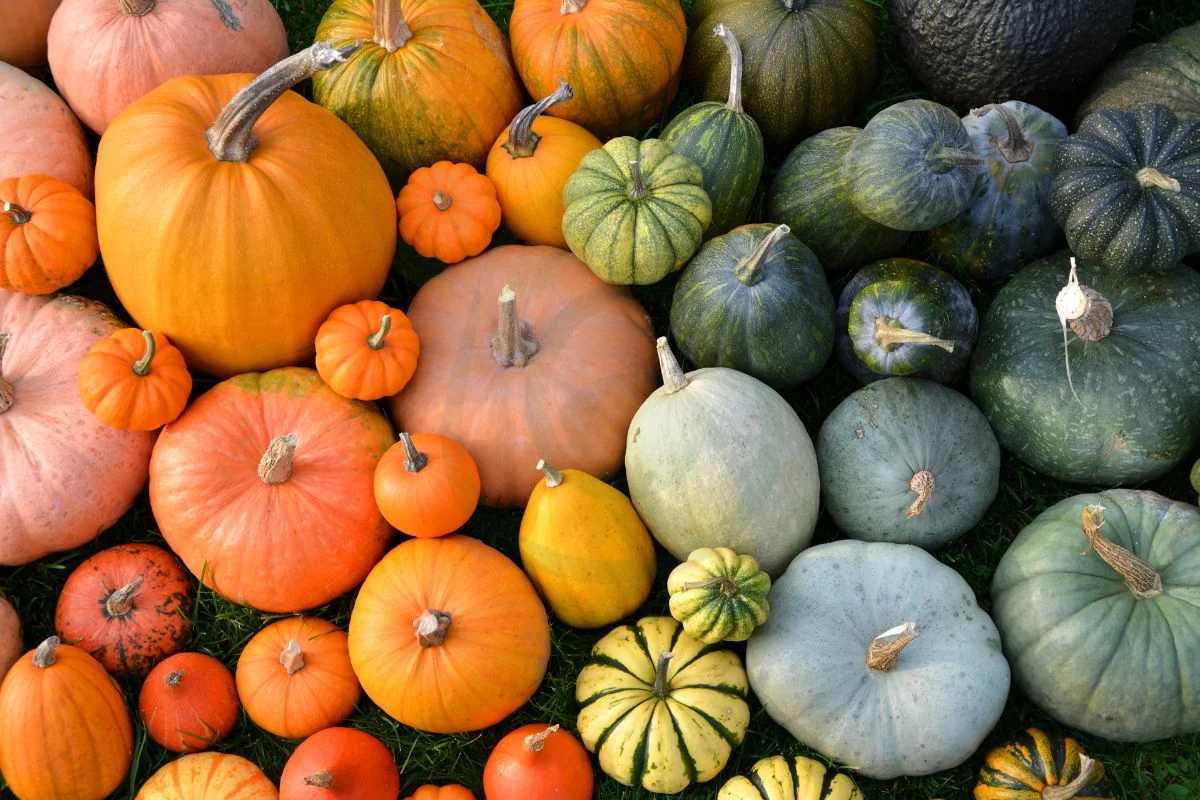
Looking to optimize your winter squash garden? Discover the ideal companion plants, edible flowers, that can enhance growth and flavor, interplant vegetables and increase pollinator activity. By strategically pairing your winter squash with cucurbits and pumpkins, you can interplant compatible companions, promoting healthier plants and increasing your overall yield.
Intrigued to learn more about the historical significance of companion planting with winter squash? Uncover ancient gardening practices that have stood the test of time and continue to benefit modern-day gardens. Stay tuned for expert tips, proven combinations, and insider knowledge on maximizing the potential of your winter squash patch and companion plant.
Key Takeaways
- Companion Planting Benefits: Pair winter squash with compatible plants for mutual growth benefits.
- Natural Pest Control: Use companion plants to deter pests and enhance the health of your squash plants.
- Strategic Planting: Implement diverse planting techniques to optimize space and soil nutrients for winter squash.
- Garden Harmony: Design your garden layout to promote symbiotic relationships among plants, including winter squash and pumpkins.
- Avoid Common Errors: Learn from common mistakes to ensure successful companion planting with winter squash.
- Seasonal Maintenance: Follow seasonal care tips to nurture your winter squash and its companion plants effectively.
Companion Planting Basics
Core Concepts
Companion planting involves strategically placing companion plants near each other to enhance growth and deter pests. By understanding this concept, you can promote plant health and increase yields. Companion planting plays a crucial role in reducing pest and disease pressures in your garden. The symbiotic relationships between different plants help create a balanced ecosystem that supports overall plant vitality.
When interplanting squash with companion plants, you can experience various benefits such as natural pest control and improved soil health. For example, certain plants emit chemicals that repel pests harmful to squash, thus creating a protective barrier around your crops. Embracing companion planting techniques can significantly reduce the need for chemical pesticides while fostering a more sustainable gardening approach.
Exploring the advantages of the "Three Sisters" combination involving squash, corn, and beans showcases how companion planting can enhance crop productivity. This traditional Native American planting technique maximizes space utilization and nutrient absorption by leveraging the complementary growth patterns of these three crops. By implementing this method in your garden, you can achieve a harmonious balance that benefits all three plant species simultaneously.
Benefits
- Utilizing a living mulch of yellow mustard alongside your summer squash crop can suppress weeds naturally while adding nutrients to the soil.
- Diversifying your squash species selection not only enriches your harvest but also attracts native squash bees essential for pollination.
- Incorporating cowpeas into your squash cultivation regimen promotes nitrogen fixation in the soil, leading to healthier plant growth and increased yields.
Squash Varieties
Identifying different squash species like zucchini, acorn, and butternut enables you to select varieties that attract beneficial insects crucial for pollination. Planting winter squash after a cover crop like rye or clover helps improve soil structure and fertility by adding organic matter through decomposition. Pairing squash with cowpeas creates a mutually beneficial relationship where cowpeas act as nitrogen fixers, enhancing soil quality for optimal squash growth.
Learning about these diverse companion plant options empowers you to make informed choices when planning your garden layout. Experimenting with various combinations of companion plants alongside winter squash can lead to healthier crops and more bountiful harvests.
Winter Squash Allies
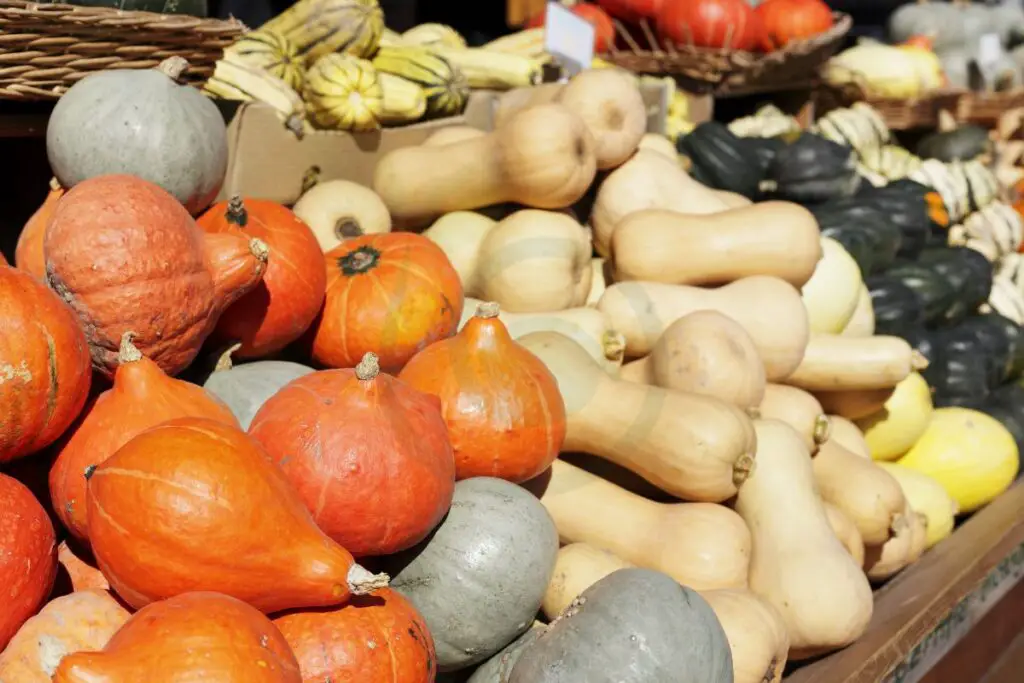
Flower Companions
Planting flowers alongside your squash can attract beneficial insects that prey on common cucurbit pests. Certain flowering plants like marigolds and nasturtiums act as natural predators, reducing the need for chemical interventions. Pairing squash with specific flowers not only beautifies your garden but also enhances pollination, leading to healthier and more abundant harvests.
Herb Partners
Cultivating herbs near your squash plants offers multiple benefits. Some herbs, such as basil and dill, naturally repel pests like aphids and cucumber beetles. By planting these herbs close to your squash, you create a natural barrier against harmful insects. Certain herbs can improve soil quality and provide essential nutrients for optimal growth, promoting overall plant health.
Vegetable Neighbors
Growing beans or cowpeas between rows of pumpkin can benefit both crops. These legumes help fix nitrogen in the soil, enhancing the growth of pumpkins while suppressing weeds. Planting squash and pumpkins together supports native squash bees, crucial pollinators for these crops. Furthermore, incorporating a variety of prolific flowering vegetables near squash plants attracts diverse pollinators, ensuring successful pollination and fruit set.
Enhancing Squash Growth
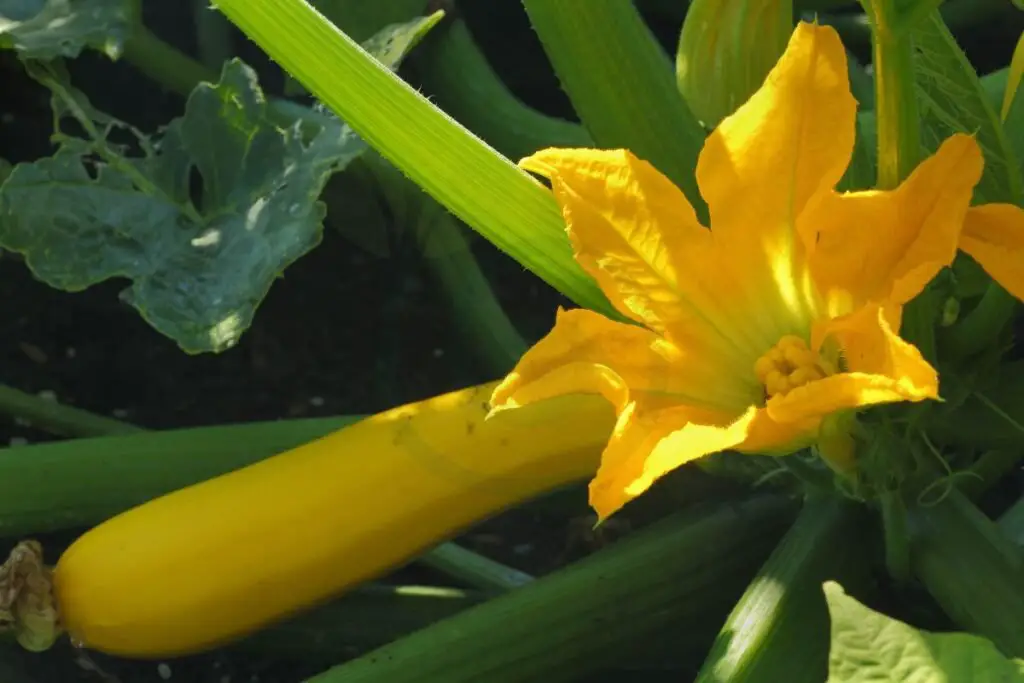
Nutrient Sharing
Planting squash after a winter cover crop enhances soil nutrients by allowing the decaying cover crop to enrich the soil. The decomposition process releases essential nutrients that benefit the subsequent squash plants. As a result, the squash receives a nutrient boost, promoting healthier growth and higher yields.
Companion planting with certain plants offers nutrient-sharing benefits for squash. For instance, planting legumes like peas or beans alongside squash helps fix nitrogen in the soil. This nitrogen fixation enhances soil fertility, providing an ample supply of nutrients for the growing squash plants. The symbiotic relationship between these companion plants contributes to robust and thriving squash crops.
Nutrient-sharing among plants plays a vital role in ensuring healthier squash crops. When different plants share nutrients through their root systems, they create a balanced ecosystem that supports optimal growth. This mutual support system results in stronger, more resilient squash plants that are better equipped to resist diseases and produce bountiful harvests.
Shade Provision
Certain companion plants can provide essential shade for squash during hot weather conditions. Plants such as sunflowers or corn can offer shade to protect delicate squash leaves from scorching under intense sunlight. By strategically planting shade-providing companions near squash, gardeners can create microclimates that promote ideal growing conditions for the squash plants.
Providing adequate shade is crucial for preventing sunburn on squash plants. Excessive exposure to direct sunlight can lead to sunburn on leaves and fruits, compromising plant health and reducing yields. By utilizing shade-providing companion plants strategically, gardeners can shield their squash crops from harmful UV rays and maintain healthy growth throughout the season.
Planting shade-providing companions near squash offers benefits beyond sun protection. Apart from preventing sunburn, these companion plants also help regulate soil temperature and moisture levels, creating a conducive environment for optimal growth and development of the squash plants.
Pollination Boost
Native squash bees play a crucial role in pollinating squash plants by transferring pollen between flowers. These bees are highly efficient pollinators specifically adapted to pollinate various types of squash. Encouraging native bee populations by providing suitable habitats can significantly increase pollination rates and improve fruit set in squash crops.
Growing a diversity of squash species attracts a wide range of pollinators, including bees, butterflies, and other beneficial insects. Different varieties of squash bloom at varying times and exhibit distinct flower structures, attracting diverse pollinators to the garden. This diversity enhances cross-pollination opportunities, leading to better fruit development and higher yields.
Pairing squash with cowpeas as companion plants can increase pollination rates due to the attractive flowers that draw pollinators. Cowpeas not only provide additional nectar sources for bees but also serve as an effective way to boost pollination activity within the garden ecosystem.
Pest Deterrence Strategies
Natural Repellents
Certain companion plants release scents that repel pests, protecting winter squash naturally. Marigolds and nasturtiums deter harmful insects.
Using trap crops like zucchini can divert pests from the main squash plants, reducing damage. This method lures pests away effectively.
Planting beneficial herbs such as dill and parsley attracts predators like ladybugs, which feed on harmful pests. This natural control method enhances garden health.
Trap Cropping
Trap cropping involves planting sacrificial crops to protect main plants from pest attacks. By growing a more appealing plant nearby, pests are drawn away.
The concept of trap cropping is simple yet effective: by sacrificing one crop, you safeguard the main squash plants. This method minimizes pest damage significantly.
Utilizing trap cropping reduces the need for pesticides, promoting a healthier garden ecosystem. It's an eco-friendly approach to managing pest pressures on winter squash.
Planting Techniques
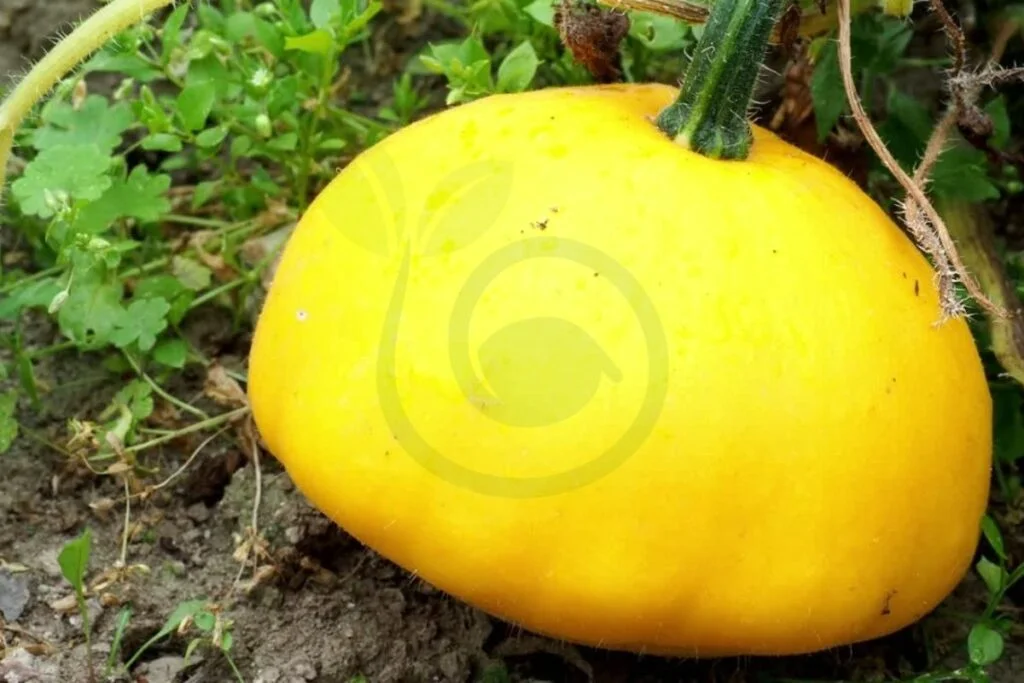
Spacing Guidelines
Proper spacing between winter squash and companion plants is crucial for their optimal growth. Adequate spacing prevents overcrowding, allowing each plant to access sufficient sunlight, water, and nutrients. This promotes healthy development and reduces the risk of diseases.
To maximize the benefits of companion planting, it's essential to follow specific spacing requirements. For example, when interplanting winter squash with plants that have shallow roots, maintaining a distance of at least 12-18 inches between each plant is advisable. This spacing ensures that the roots of different plants do not compete for resources in the soil.
Timing Tips
Timing plays a significant role in the success of planting winter squash with companion plants. Planting squash after a winter cover crop can create an ideal environment for growth by enriching the soil with nutrients and improving its structure. This timing strategy sets the stage for healthy plant development.
Understanding the best timing strategies for companion planting with winter squash involves considering factors such as the growth patterns of different plants and their compatibility. By aligning the planting schedule with the natural growth cycles of companion plants, you can enhance synergistic relationships and maximize overall yields.
Garden Design Ideas
Layout Planning
Effective garden layout planning is crucial for successful gardening with winter squash companion plants. By strategically organizing your garden, you can optimize the benefits of companion planting. Consider factors like sunlight exposure and spacing requirements to support healthy squash growth.
Creating a well-thought-out layout ensures that each plant, including the squash and its companions, receives adequate sunlight and nutrients. This not only promotes optimal growth but also minimizes competition among plants for resources. Utilize techniques like intercropping and crop rotation to enhance the overall health of your garden ecosystem.
Companion Grouping
Grouping compatible companion plants with winter squash offers numerous advantages. By pairing squash with suitable companions, you can establish a harmonious balance within your garden environment. This approach helps in naturally repelling pests, enhancing soil fertility, and promoting biodiversity.
Strategic companion grouping involves selecting plants that benefit each other when grown together. For instance, planting herbs like mint or basil near squash can deter pests while improving pollination. Certain flowers like marigolds can attract beneficial insects that contribute to pest control in the garden.
Common Mistakes
Overcrowding
When planting winter squash with companion plants, overcrowding poses significant risks. Competition for resources can hinder plant growth. Maintaining proper spacing is crucial to avoid overcrowding issues.
Incompatible Pairings
Pairing incompatible plants with squash can have negative effects on growth. Some companion plants may harm the winter squash. Researching and avoiding incompatible pairings is essential for successful companion planting.
Seasonal Care Tips
Watering Needs
Understanding the varying watering needs of winter squash and its companion plants is crucial. Adjust watering schedules to meet requirements of all plants in your garden. Efficient watering practices are essential for healthy growth.
Companion plants like beans or corn may need more water compared to squash. Consider planting them together strategically to optimize water usage. Utilize drip irrigation systems for precise watering control. Mulching around plants can help retain moisture in the soil.
Pruning Practices
Exploring the benefits of pruning squash plants reveals improved air circulation and sunlight exposure. Proper pruning techniques aid in preventing diseases and pest infestations. Regular pruning is vital for maintaining the health and productivity of winter squash.
Prune squash plants by removing dead or diseased foliage regularly. Trim excessive growth to encourage fruit development and prevent overcrowding. Avoid over-pruning, as it can stress the plant and reduce overall yield potential.
Advanced Companion Insights
Success Stories
Gardeners share their success stories on companion planting with winter squash. They discuss the benefits and challenges faced while growing squash alongside other plants. Inspiring tales of bountiful harvests and flourishing gardens emerge from these experiences.
- One gardener paired winter squash with beans, enhancing soil fertility and reducing pests.
- Another gardener combined squash with herbs like basil, creating a visually appealing garden bed.
Discover how diverse plant combinations can lead to healthier crops and vibrant gardens. The shared experiences of fellow gardeners offer valuable insights into the world of companion planting.
Continuous Learning
Gardening enthusiasts emphasize the need for continuous learning in companion planting. Experimentation plays a crucial role in refining techniques over time. Adaptation based on trial and error helps improve gardening skills and plant health.
- By observing plant interactions, gardeners can fine-tune their companion planting strategies.
- Ongoing education through workshops or online resources enhances knowledge in this field.
Embrace a mindset of continuous improvement when it comes to companion planting. Each season brings new opportunities to learn and grow as a gardener, enriching the overall gardening experience.
Final Remarks
As you dive into the realm of companion planting for winter squash, remember the power of strategic plant partnerships. By selecting the right allies, enhancing growth conditions, deterring pests effectively, and implementing smart planting techniques, you set your garden up for success. Avoid common mistakes, follow seasonal care tips, and explore advanced companion insights to elevate your gardening game.
Now that you're equipped with a wealth of knowledge on winter squash companion planting, it's time to roll up your sleeves and get your hands dirty. Put these insights into action in your garden and witness the magic of harmonious plant relationships unfold. Share your experiences with fellow gardening enthusiasts and continue to learn and grow in this green-fingered journey.
Frequently Asked Questions
What are the basic principles of companion planting?
Companion planting involves strategically placing plants next to each other to provide benefits like pest control, improved growth, and enhanced flavor. Some plants complement each other by repelling pests or attracting beneficial insects.
How can I enhance the growth of my winter squash through companion planting?
Planting herbs like oregano and thyme near your winter squash can help improve growth and flavor. Marigolds can deter pests while beans add nitrogen to the soil, benefiting the squash plants.
What strategies can I use to deter pests from my winter squash plants?
To deter pests from your winter squash, consider planting garlic, onions, or radishes nearby. These plants emit odors that repel common pests like aphids and squash bugs naturally.
What are some common mistakes to avoid when companion planting with winter squash?
Avoid overcrowding your plants, as this can lead to competition for resources and hinder growth. Also, be mindful of incompatible plant pairings that may negatively impact each other's development.
How should I care for my winter squash throughout the different seasons?
During spring, focus on preparing the soil and selecting companion plants. In summer, monitor for pests regularly and provide adequate water. Fall is harvest time – ensure proper storage conditions for your winter squash bounty.
Image Source: Paid image from CANVA

